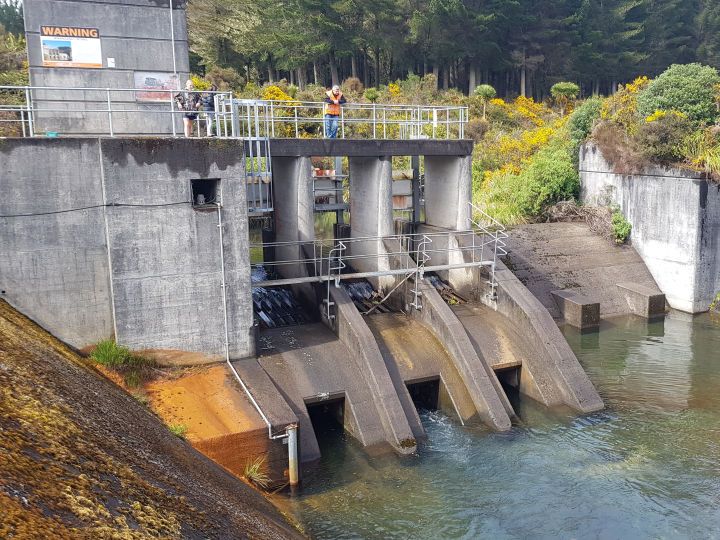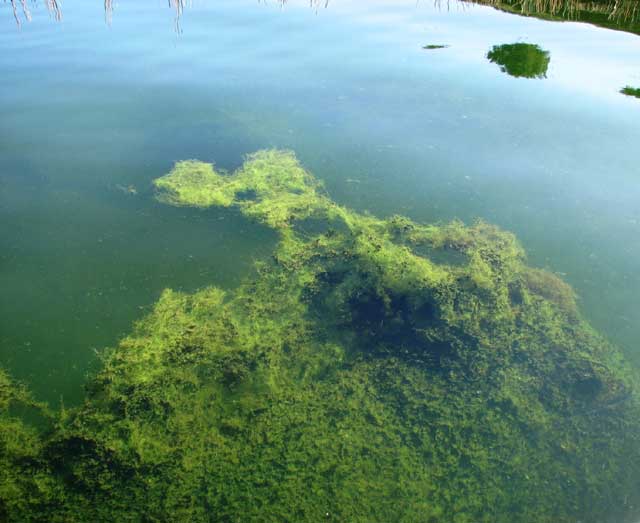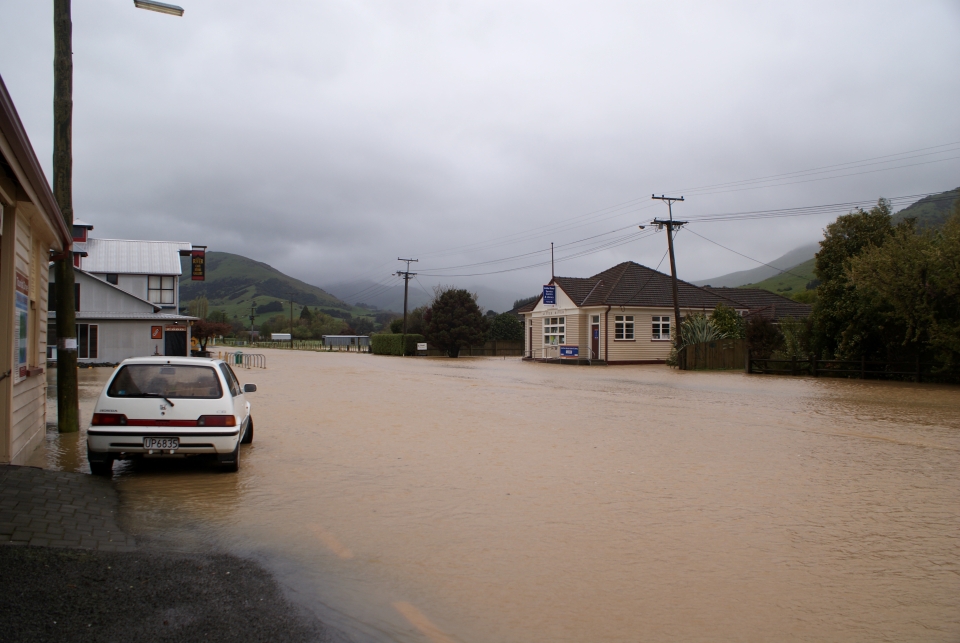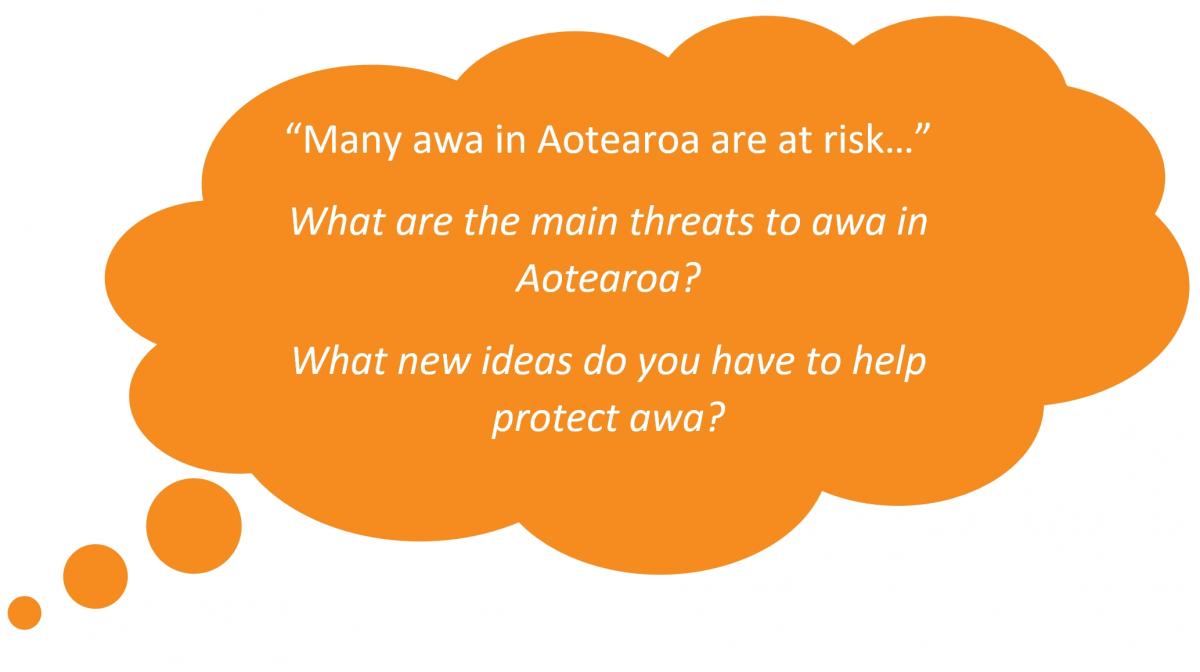You can contact LEARNZ, part of CORE Education, at:
Postal Address:
PO Box 13 678,
Christchurch 8141,
New Zealand

Clearing forests, building dams to supply electricity and pollution have reduced the quality of awa.
Before people settled in Aotearoa New Zealand, dense native forest lined most awa. These forested riverbanks were home to birds, lizards, slugs, snails, flatworms, earthworms and insects. Plants provided shade and food for native fish and kept water temperatures low.
People cutdown large areas of forest for pasture. This removed the shade from river edges. With increased light, algae and introduced weeds have spread in awa. The warmer water has also killed many organisms. With no forest to protect the land from erosion, more silt enters awa. This silt threatens water quality and the fish and insects that live in rivers.
Hydroelectric developments have flooded or dried up parts of some awa, destroying habitats. The water quality of many of awa have been affected by run off from some farms, industries and urban areas.
Polluted storm water can also enter waterways. You can find out more about stormwater here.
Farming can lead to runoff of fertiliser and animal waste that can kill native species.

Healthy awa can host a range of native plants and animals. Introduced plants such as pines, willows, lupins and hawkweeds are spreading through many riverbanks and beds. Pest plants threaten native plants and animals. They smother native plants, and harbour pests such as the willow sawfly, and predators such as wild cats, ferrets and hedgehogs.
Aggressive introduced trout compete for food, and 10 species of native fish, including kōaro and the dwarf īnanga, are now considered threatened.
People can find out a lot about the health of awa by seeing how many native plants and animals it supports.

Heavy rainfall can cause awa to grow in size and create a flood. Floods are New Zealand’s number one hazard. Floods are our most frequent and often most costly natural disaster. With many of us around Aotearoa living next to awa, there is a need to protect people and their houses from floods, because nobody likes a river flowing through their house. This means that councils have to find ways to help reduce the impacts of flooding while still protecting the natural value of the awa.

Complete the Threats to Our Awa quiz.
> Discover more about water and restoring awa in Aotearoa